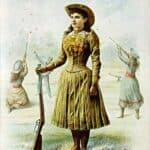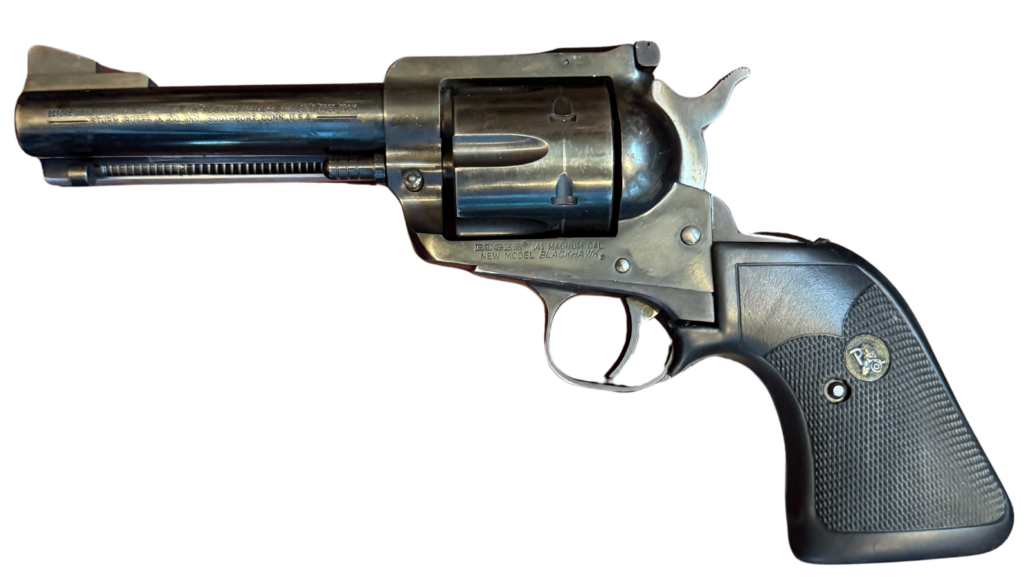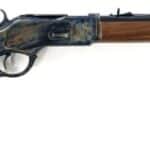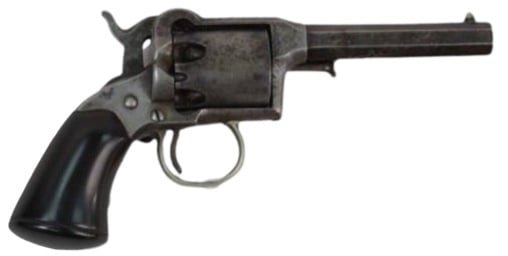
Introduction
In the narrative of the American West, few elements are as iconic as the revolver. This narrative weaves a story of a growing nation, of frontier life, and the men and women who tamed the wild expanses. Amidst the pantheon of firearms that defined this era, one stands out in particular for its robustness and reliability: the Remington Beals Revolver.
The Genesis and Development
The Remington Beals Revolver traces its origin back to the late 1850s, a time of burgeoning innovation in firearms technology. E. Remington & Sons, the esteemed New York-based firearms manufacturer, sought to compete in the flourishing revolver market dominated by the likes of Colt and Smith & Wesson. Their answer was the Remington-Beals, named after Fordyce Beals, the company's talented superintendent, whose patented designs served as the fulcrum for the development of this remarkable revolver.
Following the heels of its precursor, the Beals Pocket Revolver, the Remington-Beals was envisioned to compete directly with Samuel Colt's immensely popular 1851 Navy and 1860 Army models. Initially introduced as the Beals Navy and Army Models in .36 and .44 caliber respectively, the revolver featured several distinctive improvements over its rivals, including the "top strap" design, which offered enhanced stability and durability, and Fordyce Beals' innovative cone-shaped cylinder design.
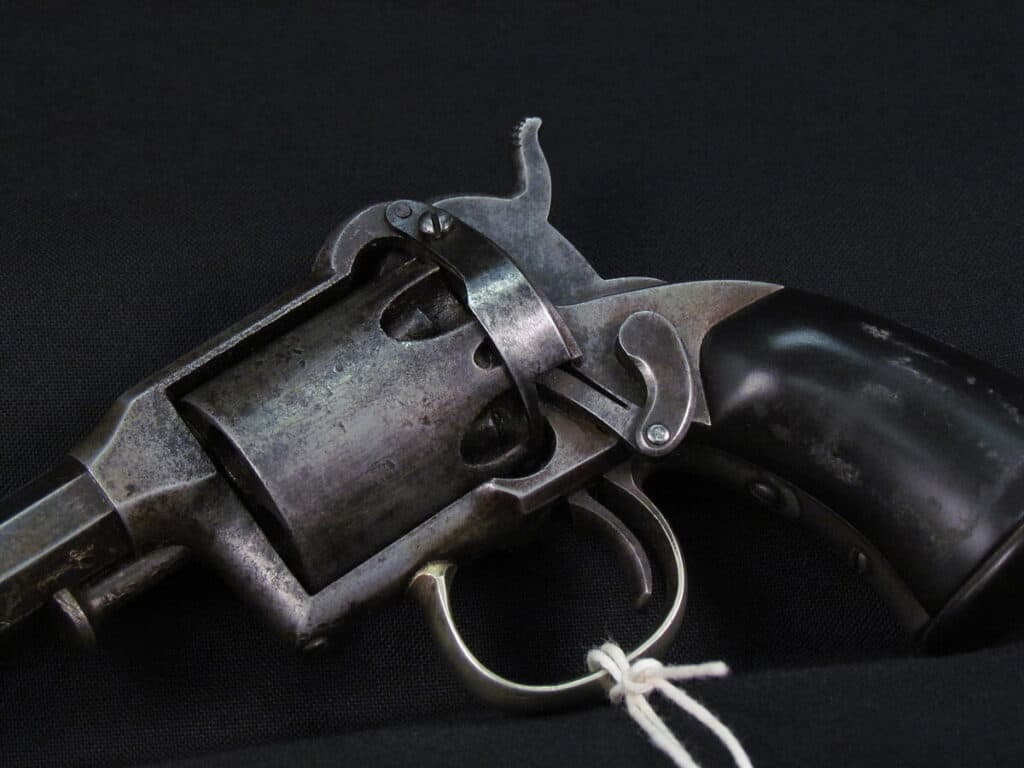
The Successors and Evolution
The Remington Beals Revolver served as the template for a lineage of firearms that spanned decades. The Remington New Model Army, released in 1863, and the Remington New Model Navy, introduced a year later, both drew heavily on the foundational design of the Beals Revolver. Even the iconic Remington Model 1875, often dubbed as the gun that "won the West," bore the unmistakable design lineage of the Beals.
Users, Fame, and Infamy
During its operational life, the Remington Beals Revolver was used widely across the United States, notably by law enforcement, military personnel, and civilians alike. The United States Army and Navy, state militias, and even the Wells Fargo & Company Express employed this stalwart sidearm. Its robustness and reliability made it a favorite among frontiersmen and adventurers.
Notably, the revolver found a place in the annals of history when it was allegedly carried by General George Armstrong Custer during the ill-fated Battle of the Little Bighorn in 1876. The legend of the Beals was further amplified by accounts of it being wielded by Frank James, brother to the infamous outlaw Jesse James.
Production and Distribution
From 1858 to 1862, an estimated 15,000 Beals models were produced in the E. Remington & Sons factory in Ilion, New York. The exigencies of the Civil War catalyzed a surge in production, as both the Union and Confederate armies pressed the revolver into service. The Beals saw significant use throughout the conflict, earning a reputation for dependability and durability.
Physical Attributes and Performance
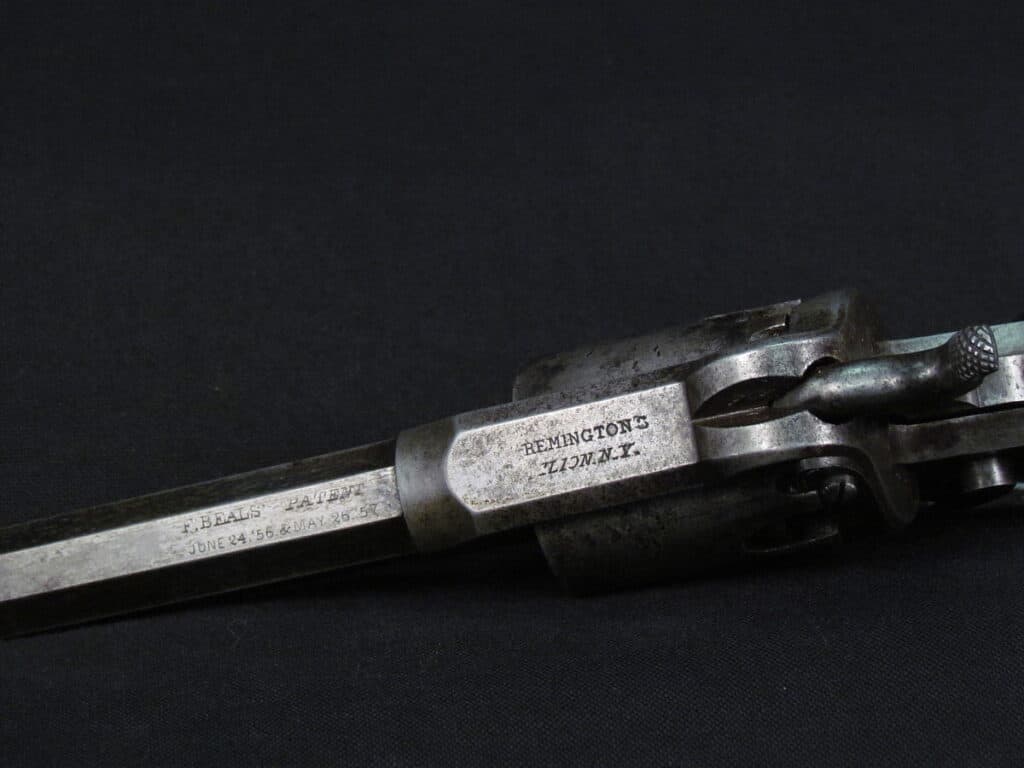
Crafted from iron, the Remington Beals revolver was a hefty weapon, but one that balanced well in the hand. The revolver utilized a percussion cap and ball system and featured a single-action trigger mechanism. Its most distinctive feature, the solid frame and top strap, provided an additional layer of robustness that separated it from its competitors.
The Beals revolver models were chambered in .36 and .44 calibers. The Navy model, with its .36 caliber, had a 7.375-inch octagonal barrel and weighed approximately 2.6 pounds. The larger Army model fired a .44 caliber ball, with a 7.5 or 8-inch barrel and a weight around 2.7 pounds.
The typical ballistics for these models were a muzzle velocity of about 850-900 feet per second, with a muzzle energy in the range of 240-250 foot-pounds for the .44 caliber model. These figures made the Beals a formidable firearm in its day.
Concluding Reflections
In its time, the Remington Beals Revolver was not merely a firearm; it was a testament to American innovation, resilience, and a pioneering spirit. The story of the Beals is one of continuous evolution, leaving an indelible legacy in the annals of American firearms. In essence, the revolver encapsulates the daring ethos of an era – an icon inseparable from the frontier mythology that still profoundly shapes the national imagination.
Join the conversation on this and other early Remington models at the forum here.
Read more about this firearm here:
If you know of any forums or sites that should be referenced on this listing, please let us know here.



